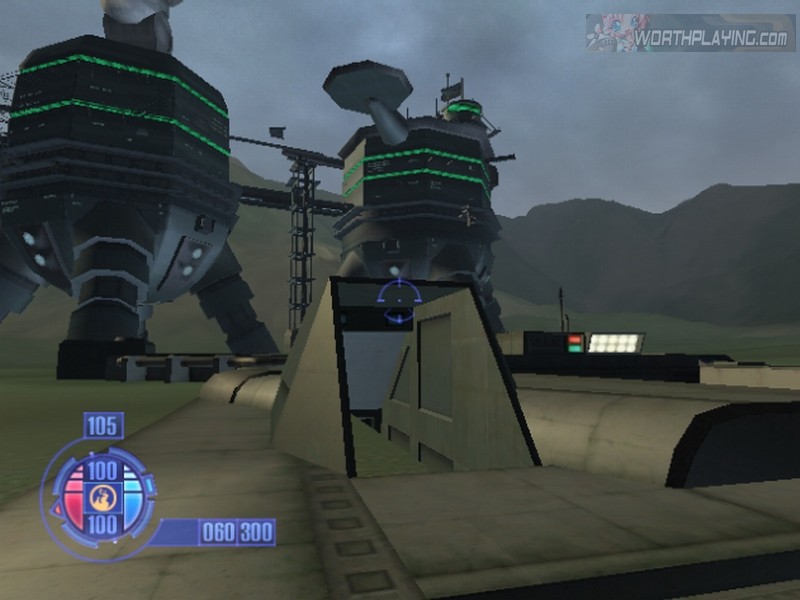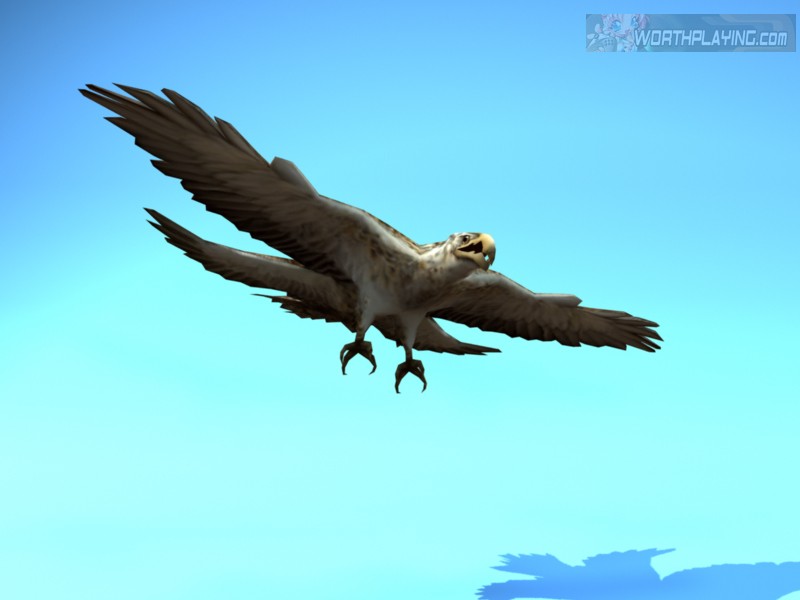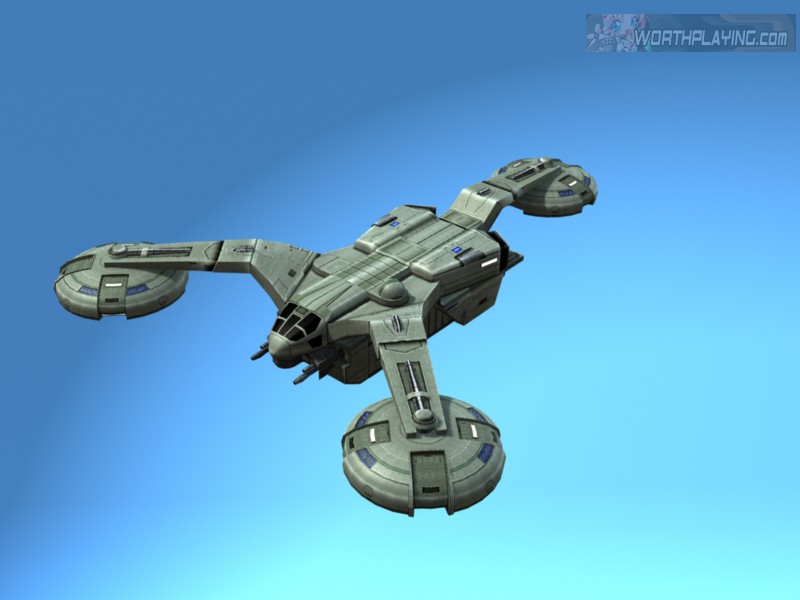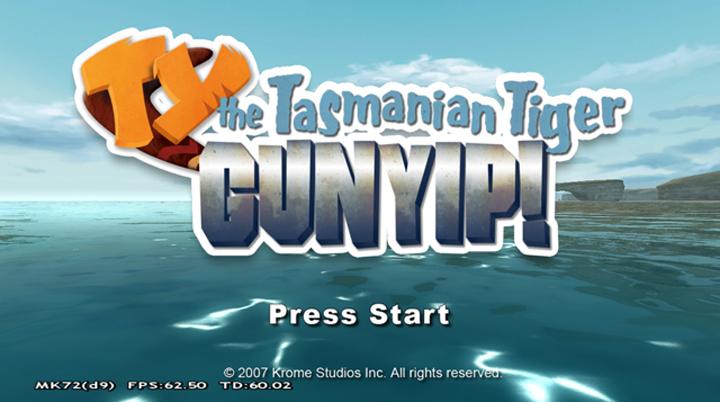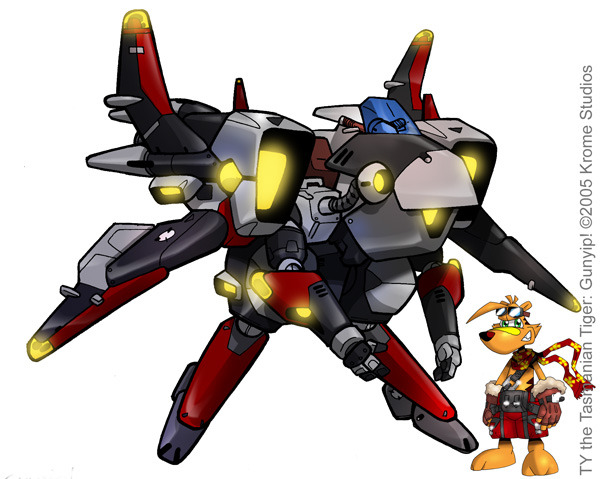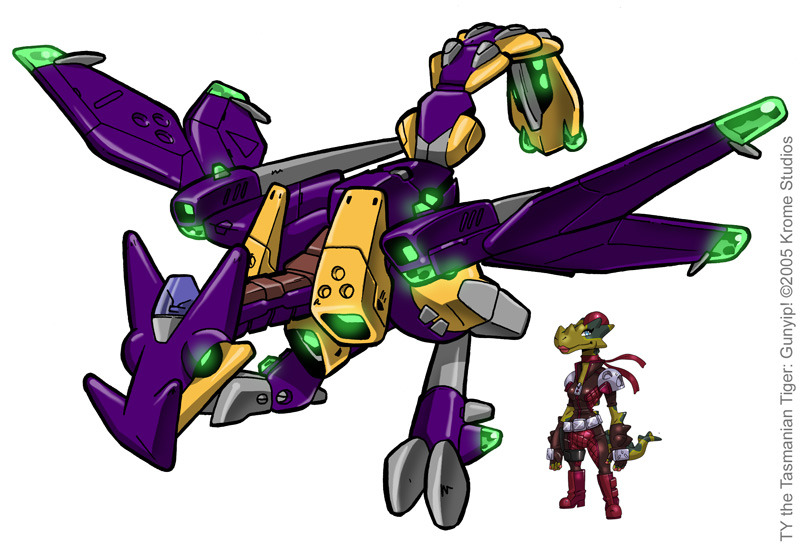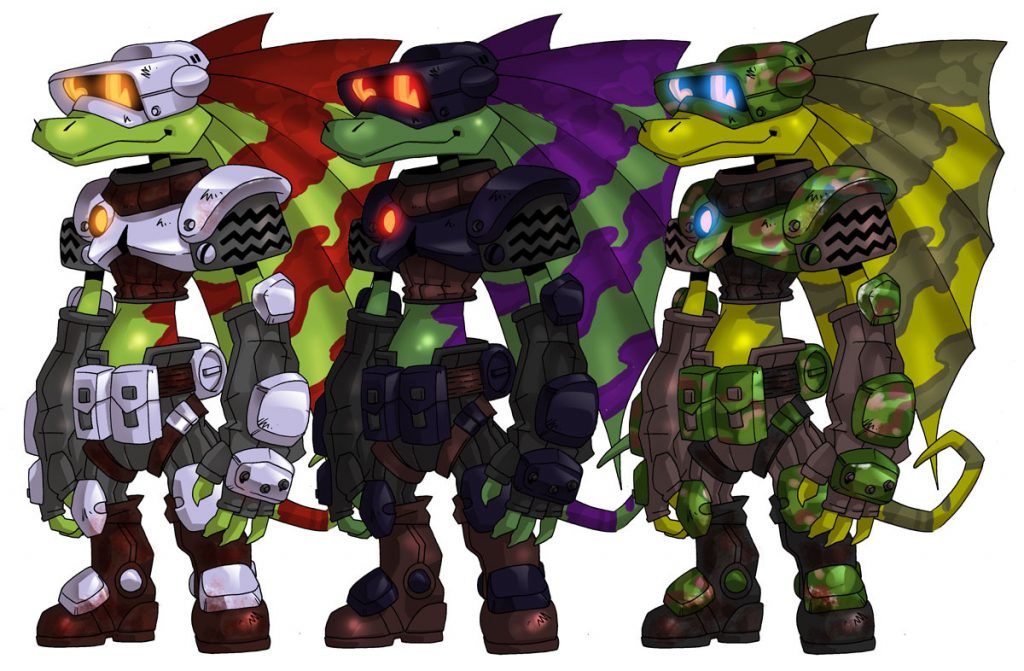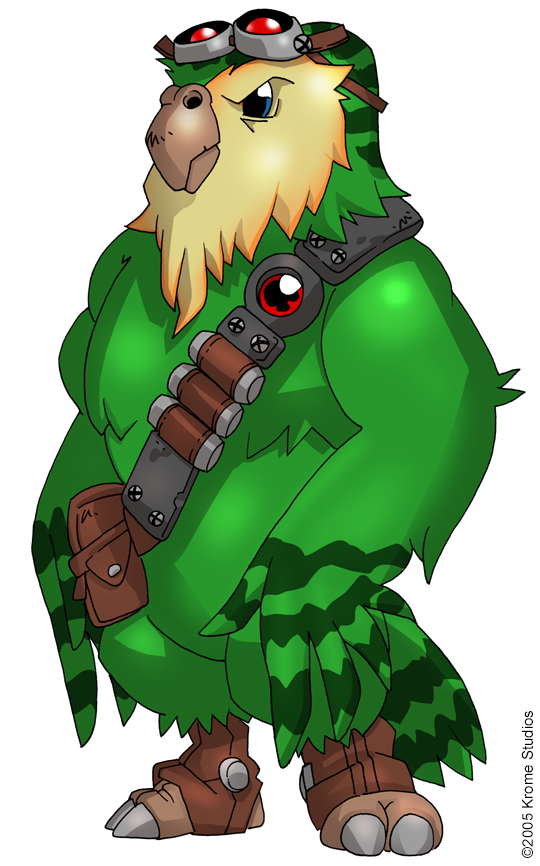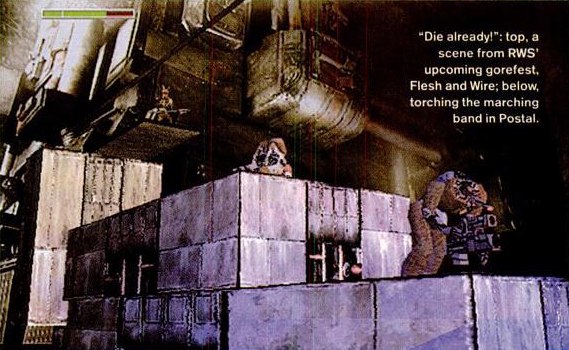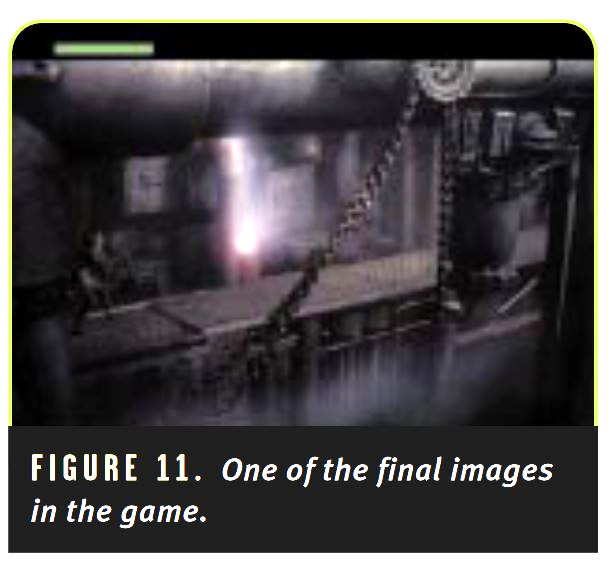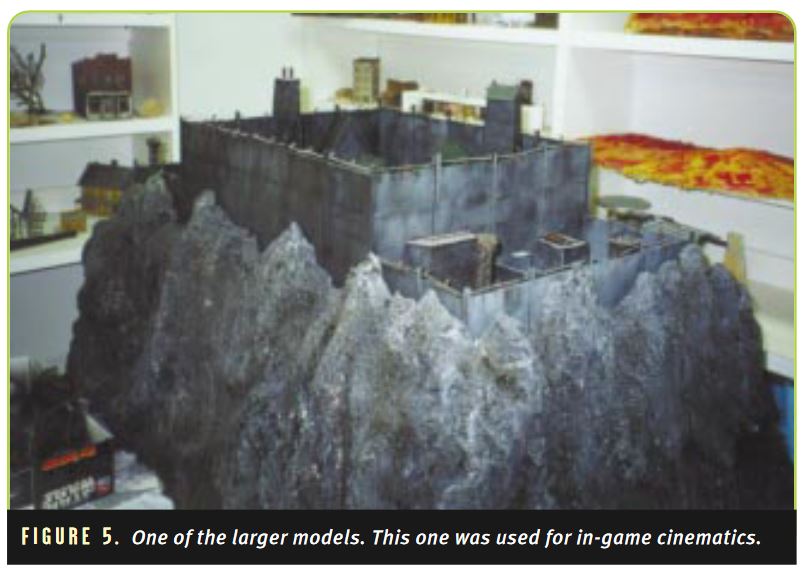![]()
The Four Horsemen of the Apocalypse is a canceled beat them up/action game developed and published by The 3DO Company from 2000 to 2003, for PC, Playstation 2, Xbox and Gamecube.
As we can read on Gamespot, the game was a single-player action game centered on Abaddon, an archangel who must face off against the apocalyptic horsemen of the title, alongside Satan, and prevent the end of the world. Before players can take on the horsemen, they would have to find the three mortals known as “the chosen”, who were born with the power to fight the horsemen, to even the odds. However, while the three chosen are unaware of their abilities, the horsemen do know of them and the threat they pose. Players would be charged with finding and protecting the three chosen until they can be reunited and combine their powers to save the world. The chosen were Jesse Horner, a scantily clad 18-year-old prostitute; Jimmy Ray Flynt, a tattooed preacher turned serial killer; and Anderson Scott, a corrupt politician who actually unleashes the horsemen in the first place and only later realized he is one of the chosen. Players would take direct control of Abaddon, with the three chosen providing support based on their unique abilities. Jesse would be the party’s healer, Jimmy Ray’s mystic sight would reveal demons, and Senator Scott’s power of persuasion would take control of his enemies and force them to do his bidding.
It would appear that 3DO had broad ambitions for The Four Horsemen of the Apocalypse, surrounding himself with multiple big names, such as Stan Winston as producer and comic artist Simon Bisley and illustrator David de Vries as game designers, in addition to many vocal talents like Tim Curry as Satan, Lance Henriksen as Abaddon and Traci Lords as Pestilence, one of the four horsemen of the apocalypse.
The game would have more than 18 levels, ranging from the postapocalyptic world created by World War III to the depths of hell, featuring hand-to-hand fighting, swords, and projectile weapons, in addition to special abilities like a Matrix-like slow-motion effect and lots of gory effects, including dismemberment, dynamic exit wounds, and motion-captured finishing moves provided by Hollywood’s Smashcut Action Team to ensure that the game’s combat sequences appeared intricate and realistic. The gameplay would center on exploration and combat alternating between standard melee and ranged fights.
It was showed at E3 2003 where Gamespot wrote a preview:
“Four Horsemen of the Apocalypse is similar in look and feel to Devil May Cry during its action elements. Abaddon’s starting weapons include a pair of powerful pistols and two large swords that can be used to hack off the limbs and heads of your opponents. In the E3 build, only basic combat moves were available, but 3DO representatives noted that acrobatic, wire-fighting moves will be included as advanced combos. Abaddon also has the ability to execute superhuman maneuvers, such as using his swords to deflect bullets back at the enemies who shot them. You’ll also collect the souls of the enemies you kill, adding to your power in a meter called “the wrath of God.” Borrowing a page from Mortal Kombat, you’ll even be able to perform some gory finishing moves on higher-level enemies such as bosses.
The game will include some slower-paced exploration elements that will allow you to interact with non-player characters to gain more background story and hints on the dangers lying ahead. You’ll also be able to pick up bonus items to help you in your quest. There will also be some horror elements mixed in during the exploration portions, like the shadowy creatures we glimpsed running along a hallway behind us. We even found a room with a particularly gruesome murder–a Catholic priest crucified against a wall decorated with a bloody pentagram.
Currently, the game appears to be in a somewhat rough state, with many of the combat maneuvers and finishing moves not yet complete and the graphics looking a bit rough around the edges. 3DO is still aiming for Four Horsemen of the Apocalypse to be released at the end of this year for the PC, PlayStation 2, Xbox, and GameCube, but the release could slip into 2004 if the game isn’t ready.”
Sadly, only a few days after it’s first and only official presentation, 3DO went bankrupt. As we can read on IGN, Four Horsemen of the Apocalypse’s rights were purchased by former creator and development director Michael Mendheim, helped by numerous investors who founded a company called Four Horsemen Entertainment L.L.C. We learned that, unlike others franchises bought by differents publishers after 3DO’s demise, The Four Horsemen of the Apocalypse was neglected because it was in its then-early stages it may not have been large enough. Publishers may have also been unwilling to provide the time necessary to complete the title properly.
“Now that Four Horsemen is officially in new hands, what was initially intended as a title for current generation consoles has become an entire entertainment franchise. The new company will begin by releasing comic books and a graphic novel based on the property, and eventually release a completely revamped version of the video game for next-generation systems.
Mendheim has confirmed that the key players are back on board: Simon Bisley is creating the artwork, and Hollywood effects legend Stan Winston is handling toy and movie rights. The star voice talent slated for the first iteration of the game, including Tim Curry and Traci Lords, are also apparently still committed to the project.
While few details about the new version of the game are available yet, Mendheim did hint at horseback-based combat and an ambitious multiplayer mode involving epic battles of angels versus demons in which the player takes the role of one of the four horsemen.”
However, as far as we know, only comic books would be released, instead of the movie and the various iterations offered for video game concepts.
Images:
Videos:

